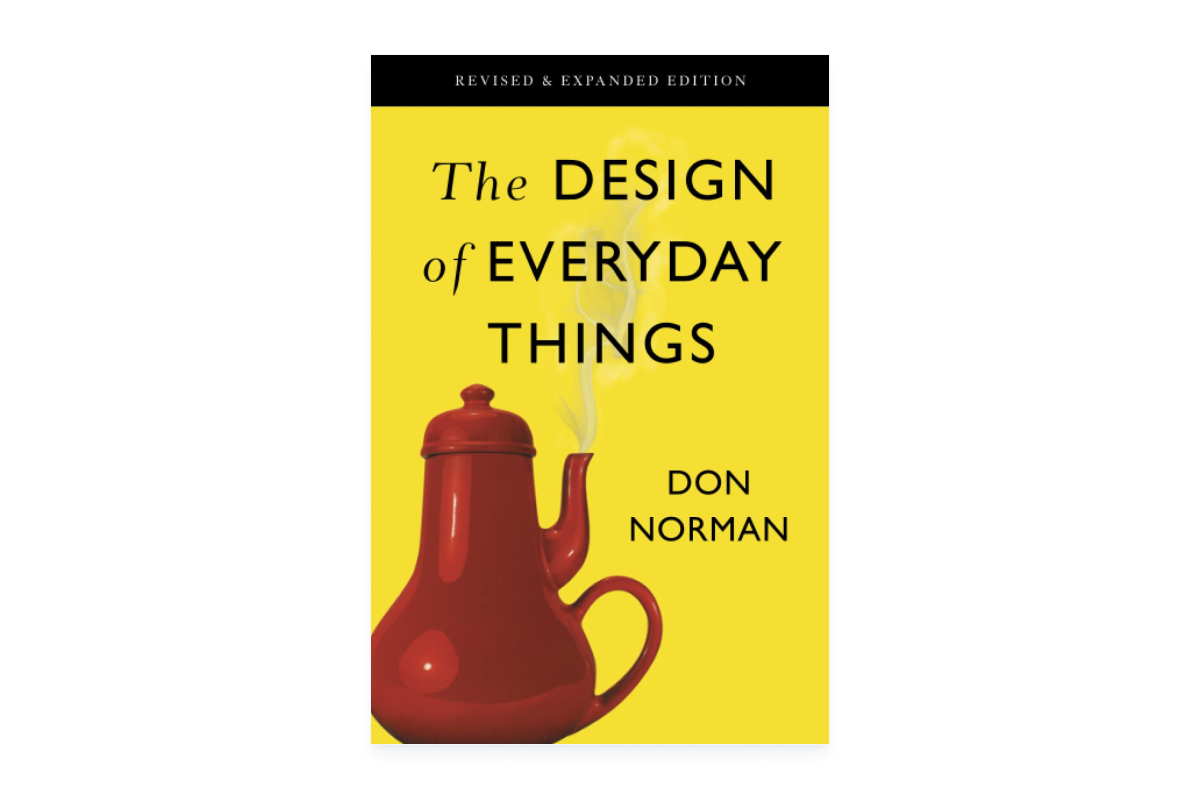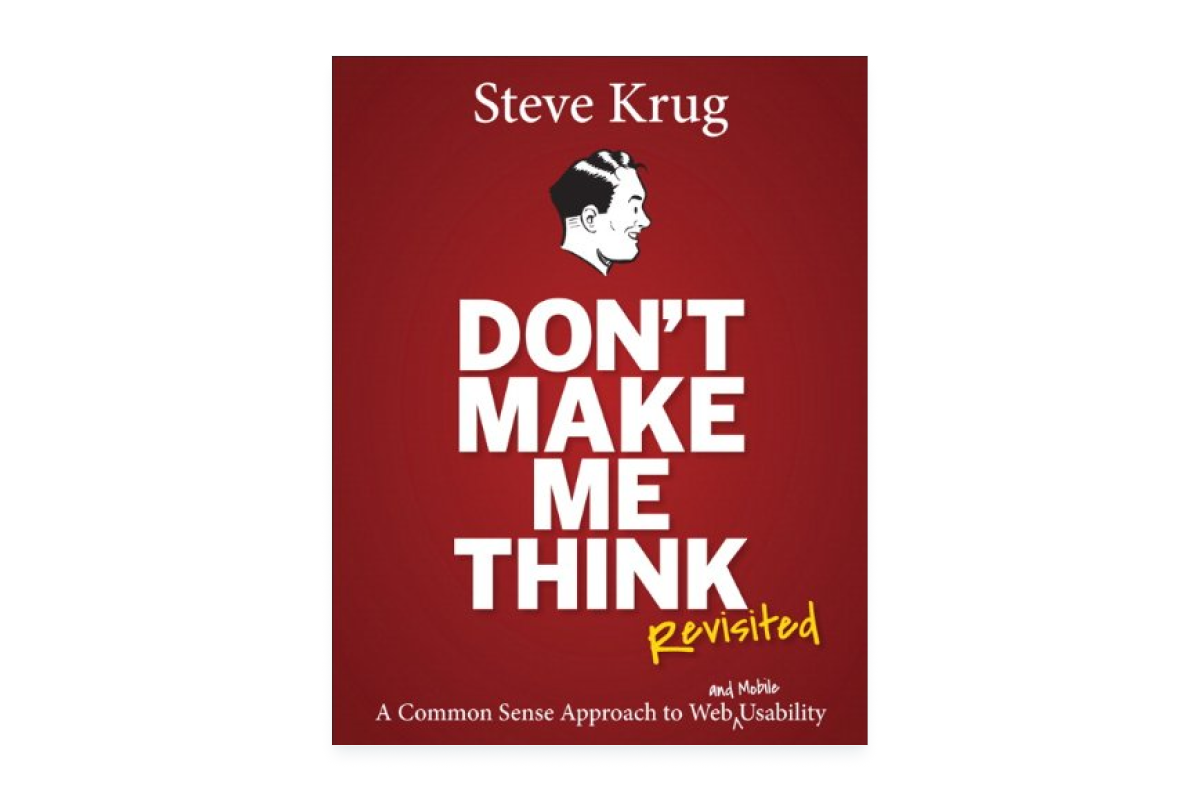As a designer working within the digital world, I’m regularly seeking ways to improve my craft and create better user experiences. One of the most effective ways I have found to do this is by reading books on design, user experience and often books that relate to business. Over the last 2-3 years, I have come across several books that have been particularly influential in shaping my approach to design.
Each of these books has provided valuable insights and practical advice on different aspects of design and user experience. From understanding user needs to creating effective user interfaces and testing and iterating on designs, these books have taught me key principles that I continue to apply to my work as a UI/UX designer. In this blog post, I will share what I have learned from each of these books and how they have impacted my design thinking.
The Design of Everyday Things by Don Norman

The most popular book known to designers! This book offers a fascinating perspective on design principles that can be applied to our everyday lives such as:
-
Discoverability - making it easy for users to find how to use a product.
-
Feedback - providing clear and immediate feedback to users when they interact with a product.
-
Mapping - ensuring a clear relationship between controls and their actions.
-
Constraints - limiting actions to prevent errors or confusion.
-
Affordances - designing products with visual cues that suggest how they should be used.
The book also explores the importance of designing products that are intuitive and easy to use, and highlights the impact that good design can have on our experiences.
Through reading this book, I have gained a deeper understanding of how design affects our daily interactions with technology, and have learned valuable lessons on creating products that are both functional and user-friendly. I’d rank this book at number 1 for anyone interested in design or looking to improve their user experience.
The Lean Startup by Eric Ries

At first glance, I didn’t imagine this book was going to teach me any lessons that could be applied to my design work. Simply because I felt like it would fall more into the business/entrepreneurial category.
However the book does provide a very useful framework for creating products and services that are truly responsive to user needs and that have a very high chance of success if being taken to market. It emphasises the importance of "validated learning", which basically means to continually test and refine ideas based on feedback from real users, as opposed to relying solely on assumptions or guesswork.
The book has taught me the value of creating prototypes and getting them in front of users as early and often as possible, and using their feedback to make improvements and iterate quickly. I've also learned to embrace the concept of "failing fast", and recognizing that not every idea will work, and being willing to pivot or even scrap an idea entirely if it's not meeting user needs. Overall, "The Lean Startup" has helped me to be more agile, data-driven, and user-focused in my approach to design.
Designing for Interaction by Dan Saffer

Ranked at number 3, Designing for Interaction provides valuable insights into the design process and how we can create meaningful interactions between users and products. Saffer emphasises the importance of understanding the user's context and goals when designing interactions, and offers practical guidance on how to achieve this. For me, this was very useful!
One of the most significant takeaways was the concept of designing for "delight", which essentially meant creating user experiences that go beyond mere functionality and what could actually evoke positive emotions in users.
Don't Make Me Think by Steve Krug

This book highlights the importance of designing products with simplicity and usability in mind. Krug stresses the need for designers to create interfaces that are easy to navigate and understand, in order to reduce cognitive load for users. The principles outlined in this book are:
-
Simplify designs for ease of use
-
Create interfaces that are easy to navigate and understand
-
Reduce cognitive load for users
-
Ensure design elements are clear and self-explanatory
-
Improve user experience through intuitive and user-friendly designs
By following these principles and applying them to our designs, I believe we can create products that are more intuitive and user-friendly, leading to higher levels of engagement and satisfaction among users. It offers solid practical advice and insights that are applicable to a wide range of products and platforms.
The Elements of User Experience by Jesse James Garrett

This is a highly influential book in the field of user experience design, especially for those who are new to the field. It offers a comprehensive framework for understanding the different components (stages) that go into creating a successful user experience such as:
-
Strategy: The overall plan for product goals and user needs
-
Scope: The specific requirements and design constraints
-
Structure: The layout and organisation of product content and functionality
-
Skeleton: The functional specifications (lower fidelity approach)
-
Surface: Visual design and branding elements (high fidelity approach)
I really enjoyed reading this book, but I personally prefer following the traditional design thinking process when approaching projects, which involves empathy, defining the problem, ideation, prototyping, and testing, rather than these five components, however I do recognize the value in using a combination of approaches and frameworks such as this to achieve the best possible outcomes for users and businesses alike.
To conclude
In conclusion, reading books about design and business has been a crucial part of my journey as a UI/UX designer so far. From Don Norman's fascinating perspective on design principles that can be applied to our everyday lives to Eric Ries' lean startup methodology, each book has offered valuable perspectives and lessons that have helped me improve my design skills. I will continue to be on the lookout for books like these!
By Howard Laws, UI/UX Designer at Arch